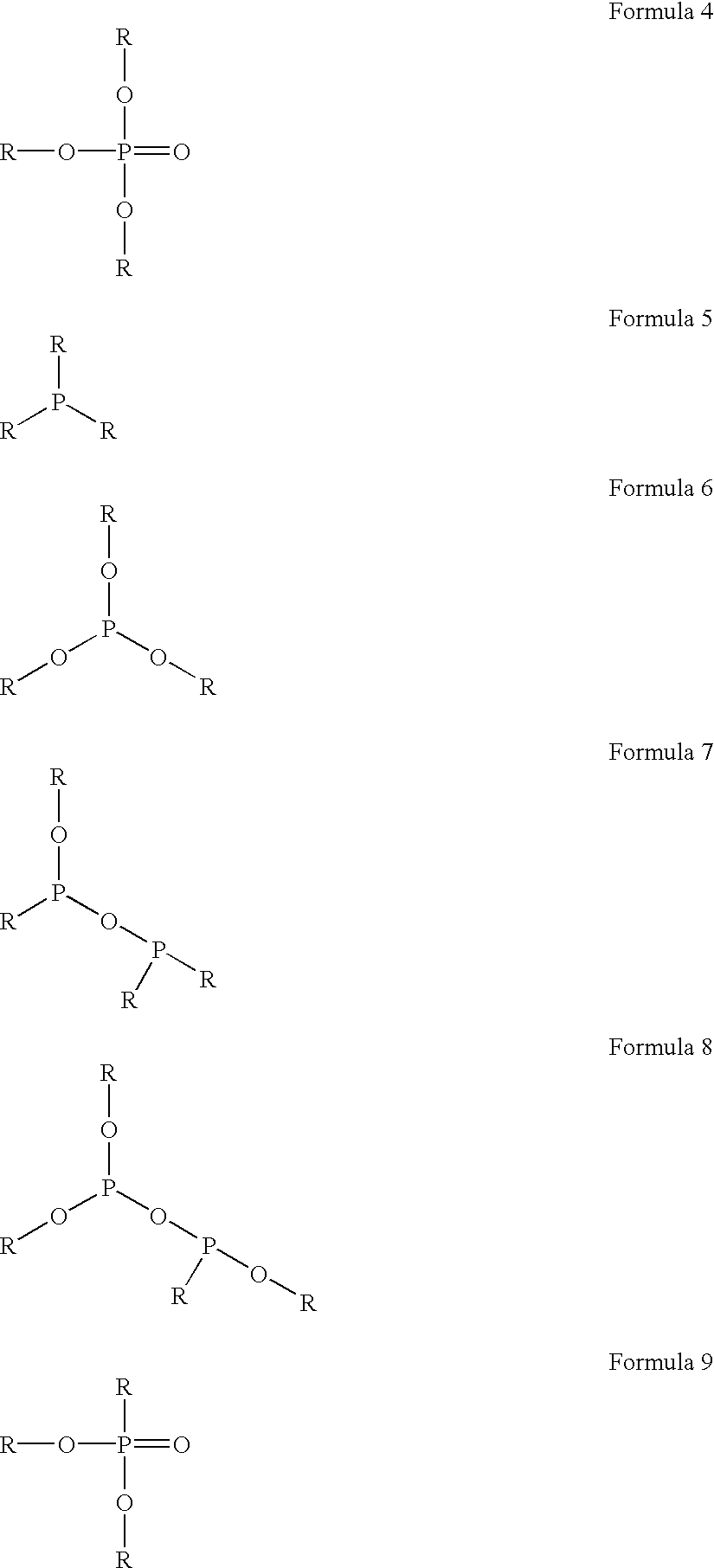Composite membrane and method for making the same
a technology of composite membrane and membrane, applied in the direction of cartridge filter, filtration separation, separation process, etc., can solve the problem of little resistance to flow, and achieve the effect of reducing pressure, reducing flux and/or more preferred rejection characteristics, and reducing pressur
- Summary
- Abstract
- Description
- Claims
- Application Information
AI Technical Summary
Benefits of technology
Problems solved by technology
Method used
Image
Examples
examples
The following examples are intended to help illustrate the invention and should not be construed to limit the scope of the appended claims. Except where indicated otherwise, composite membranes were made in the laboratory using a porous polysulfone support formed from a 16.5 percent polysulfone solution in DMF. The support was cut into rectangles (11 in. by 7 in.), clipped onto wire frames (10 in. by 7.5 in.) and placed in a 2.5 weight percent meta phenylene diamine (MPD) solution for approximately 20 minutes. The MPD soaked supports were then placed on a paper towel and rolled with a rubber roller to remove excess solution from both the back and front sides. The support was then placed on a plastic sheet and a silicone rubber gasket placed around the edge. A plastic sheet was cut with the opening being the same size as the opening in the gasket. This was clamped to form a leak proof seal at the edge. 50 ml of a Isopar L solution of trimesyol chloride (TMC) (0.09 weight percent) con...
PUM
| Property | Measurement | Unit |
|---|---|---|
| molecular weights | aaaaa | aaaaa |
| weight percent | aaaaa | aaaaa |
| weight percent | aaaaa | aaaaa |
Abstract
Description
Claims
Application Information
 Login to View More
Login to View More - R&D
- Intellectual Property
- Life Sciences
- Materials
- Tech Scout
- Unparalleled Data Quality
- Higher Quality Content
- 60% Fewer Hallucinations
Browse by: Latest US Patents, China's latest patents, Technical Efficacy Thesaurus, Application Domain, Technology Topic, Popular Technical Reports.
© 2025 PatSnap. All rights reserved.Legal|Privacy policy|Modern Slavery Act Transparency Statement|Sitemap|About US| Contact US: help@patsnap.com



